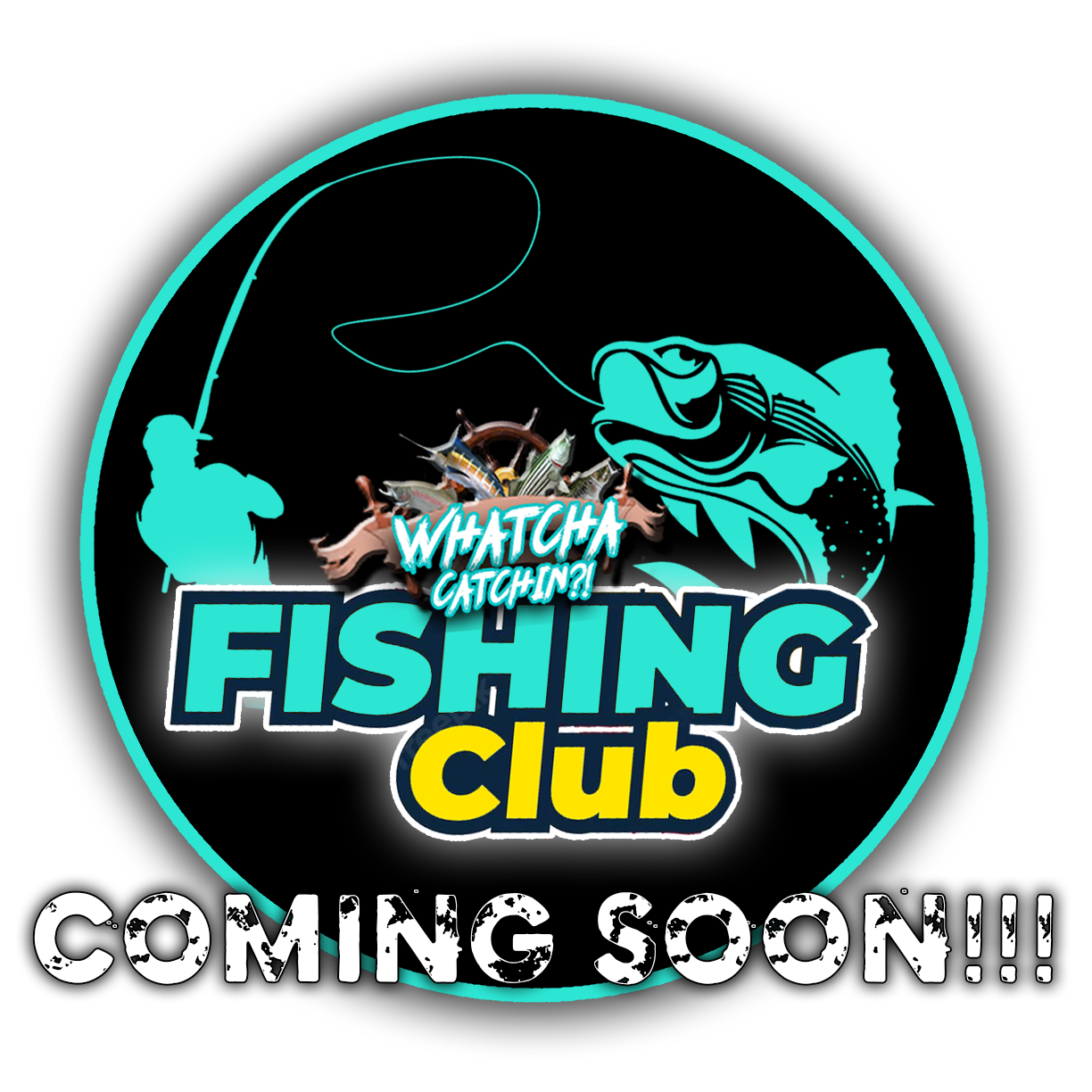By Bob Jensen
It’s been suggested that a few anglers catch most of the fish. While that may have been true years ago, today the catch is spread out over more fishermen. Information about catching fish is available over a variety of outlets, and modern electronics, boats, and motors, make it easier for fishermen to find fish and then get to them safely and comfortably. However, anglers being the way we are, want to catch more fish, or bigger fish, or more big fish. Learning or getting better at a technique is a good way to increase our catches, and there are several ways to learn or get better at a particular technique.
Some fish-catching techniques are universal. They work for any species of fish. Jigging and live-bait rigging appeal to most species of freshwater fish. Other techniques are more species specific. Casting weedless baits into heavy cover is mostly a largemouth bass thing. Reading about a new technique or watching a television show or video on the new technique is a good way to learn when and where to practice a technique, but tying a lure on and going fishing is the best teacher.
When you decide that you want to learn a new-to-you way of catching fish, the basics are the first step. Learning what equipment to use and where to use it is a starting point. Is this new way ofcatching fish a spring, summer, or fall technique? Is it a shallow water, mid-depth, or deep water deal? Finesse or heavy tackle rod/reel/line technique? You want to have the proper equipment to put this new technique into play.
Some anglers are fortunate to have a friend who is proficient at this new technique and is willing to provide some guidance. Others hire a guide to teach them. If you’re employing a fishing guide to show you the desired technique, make it very clear that you want this to be a learning experience. Some guides are very good at teaching, others are very good at catching. This is a learning trip, not so much a catching trip.
If you’re going to teach yourself this new technique, do some research before you get on the water. Figure out when and where this technique works best, then go fishing at that time in that place. If you learn that, for instance, this new technique is most productive in shallow water in the spring, that’s when you should go. Go at a time when the fish are most likely to be susceptible to this technique.
Next thing, and this can be a tough one: Only take lures compatible with the new technique. We’re going fishing to get good at a new technique. If this is a shallow water technique, leave the deep running crankbaits home. It’s too easy to revert to a technique that you’re familiar with if the new technique isn’t producing. If you revert to the tried and true technique, you won’t learn the new technique.
Finally, the best time to gain confidence in a new lure or new method is when the fish are biting. You’ll get trust in a bait when you’ve caught some fish with it.
Learning a new fishing technique takes a substantial amount of effort. But if you exert that effort, you’re going to catch more fish more often.










